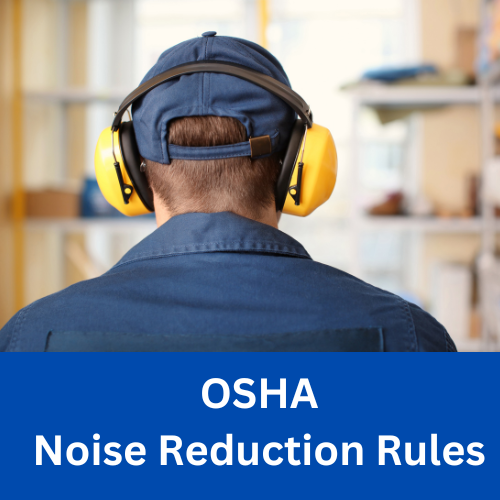As discussions around the housing crisis intensify, governments at every level aresearching for creative and…

Top OSHA Workplace Hazards for Manufacturing
Workplace hazards exist on every single manufacturing floor. Many have the potential to cause serious injury. The top 5 OSHA workplace hazards include:
- Safety
- Chemical
- Biological
- Physical
- Ergonomic
As a business owner, it’s your legal responsibility to ensure the health and safety of your employees and actively prevent workplace injuries. Wakefield Equipment works with glass manufacturers equipment throughout the production line to eliminate/prevent accidents, property damage and the dreaded downtime.
Assess Safety Hazards
The most important step in a safety protocol is to assess your safety hazards by evaluating your glass manufacturing floor and equipment. It’s important to be honest with yourself and be as thorough as possible. You can’t protect your employees from hazards that you are unaware of! Categorize each hazard found into one of the primary OSHA hazard categories. This will prove to be useful when it’s time to start making changes to mitigate each hazard type.
Safety Hazards
In 2020, 340 workers died each day from hazardous working conditions and 4,764 of those were killed on the job in the United States. There were also 266,530 reported sprains, strains and tears in the US. Overexertion and bodily reaction, slips, trips, and falls, and contact with objects and equipment are the highest causes of workplace injury in the US, accounting for 84% of all nonfatal injuries at work.
Proper production line designs can mitigate many of the common causes of trips and falls and our experts are happy to help design your line. Wakefield Equipment also offers a full line of customizable material storage for those hard-to-store items like glass and extrusions. Keeping your glass shop organized and hazard free is critical to increase efficiency and decrease the risk of injuries.
Biological and Chemical Hazards
These types of hazards are the ones you can’t always see. Biological hazards include things like mold, bacteria, insect bites and even animal droppings. Chemical hazards include hazardous vapors and fumes, gases, solvents, explosive chemicals and pesticides.
Physical Hazards
Evaluating physical hazards involves thinking about your employee’s workplace environment. Physical hazards include things you can’t always see or touch, like radiation, UV rays, extreme temperatures, and loud noises.
Ergonomic Hazards
OSHA does not have a specific ergonomic regulation, but they categorize ergonomic hazards into things like exerting excessive force, repetitive movements, awkward body positions, and inadequate recovery time. The most common ergonomic injuries involve the arms and back muscles and tendons.
Adding glass manufacturing equipment like racks and dollies alleviates the strain of moving heavy glass across the shop floor. Wakefield also offers ergonomically designed equipment like TigerStop to ensure employee safety from repetitive motions.
Yearly Hazard Assessments
With some forethought and perhaps some help from Wakefield Equipment, OSHA workplace hazards can be reduced significantly. That’s a major benefit not only for your employees but also your overall efficiency and productivity. We encourage every employer to regularly conduct hazards assessments and make continuous improvements. Your employees will thank you!



